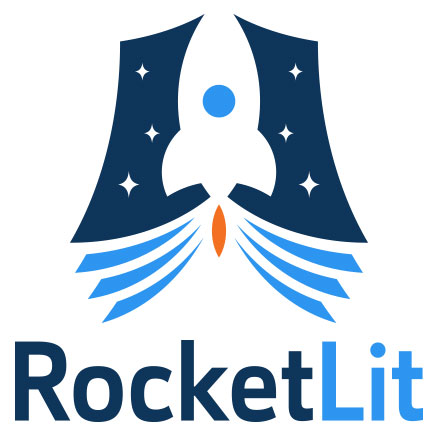In Mosa Mack’s Gravity unit, students are led through a progression of three inquiry lessons that focus on the gravitational force that pulls objects down toward the Earth. *Unit focuses on conceptual physics, not mathematical representations.
- Lesson 1

Solve: Uphill Mystery + Vocabulary Mind Map
Students observe a mysterious phenomenon in one of Mosa’s vacation videos: a ball rolling uphill! Convinced that something isn’t quite right, Mosa and her friends embark on a mission to solve the mystery of the anti-gravity hill. (75 mins)
- Lesson 2

Make: Lab Stations: Experience Gravity
Students explore gravity in a variety of contexts through a series of hands-on stations. (100 mins)
- Lesson 3

Engineer: Apply your Knowledge to Engineer a Safe Food Drop
Civilians in a war-torn country are in desperate need of food and supplies. Students use what they have learned about gravity and its corresponding factors to design and model a solution that safely drops food and supplies to its destination. (200 mins)
